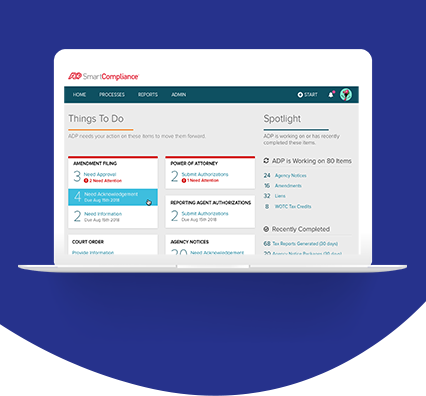For years, the alternative minimum tax (AMT) prevented some businesses engaged in research and development (R&D) from realizing the full benefit of federal R&D tax credits. More recent legislation, however, has alleviated the burden of AMT on eligible small businesses (ESBs).

Can R&D credit offset AMT?
The Protecting Americans from Tax Hikes (PATH) Act of 2015 includes provisions that allow certain taxpayers to offset their AMT liability with the R&D tax credit for taxable years beginning on or after Jan 1, 2016.
AMT limitations
Prior to the PATH Act, AMT restrictions prevented qualified companies from utilizing 100% of the R&D tax credit. The excess credits were often carried forward. Today, however, small businesses can offset AMT using the R&D tax credit for tax years beginning after December 31, 2015.
Yet, some limitations, like the 25/25 rule, remain. This regulation restricts taxpayers with over $25,000 in regular tax liability from offsetting more than 75% of their tax liability using the credit (Sec. 38(c)(1)). Carryforwards prior to 2016 are also still limited by AMT.
Are small businesses eligible for offsetting the AMT with the R&D tax credit?
A small business may be eligible to offset the AMT with the R&D tax credit if it:
- Is a non-publicly traded corporation, partnership or sole proprietorship with an average of $50 million or less in gross receipts over the prior three years
- Has conducted qualified research defined under IRC Sec. 41
Eligible business types
Non-publicly traded corporations, partnerships and sole proprietorships in any industry may qualify for the R&D tax credit. The most common industries engaged in qualified R&D activities include:
- Technology and software
- Manufacturing
- Engineering
- Life sciences
Qualified research activities and expenses
Qualified research, as defined by the IRS, is based on the following four-part test:
- Was it intended to develop or improve the functionality, quality, reliability or performance of a product, process, software, technique, formula or invention?
- Was its development technological in nature?
- Was there a technological uncertainty about either the capability, method or appropriate design at the outset?
- Was a process or experimentation used to overcome the technical uncertainty?
Qualified expenses related to research activities include employee wages, contract labor, supplies and cloud computing hosting fees. To maintain eligibility, employee and contract labor must be conducted in the United States. General and administrative activities and expenses do not qualify, even if those activities were wholly or partially in support of qualified research.
How ADP can help businesses file for the R&D Tax Credit
ADP can help small businesses identify qualified R&D expenses in support of their R&D tax credit claim to help offset the AMT. By relying on our expertise and technical resources, customers may be able to take a broader, deeper view of tax credit and incentive opportunities for which they may be eligible so they can focus more on potential cost offsets and less on compliance activities.
Learn more about ADP's tax credit services
Frequently asked questions about the R&D tax credit and AMT
What triggers the AMT (Alternative Minimum Tax)?
Common AMT triggers may include:
- Accelerated depreciation
- Tax-exempt interest from private activity bonds
- Net operating loss deduction
- Qualified electric vehicle credit
- Credit for prior year alternative minimum tax
- Foreign tax credit
A full list of AMT triggers can be found in the IRS Instructions for Form 1040.
How do I know if I am subject to AMT?
AMT taxes are mandatory if a taxpayer's adjusted gross income tax exceeds the exemption level. The exemption is $113,400 for joint filers and $72,900 for individuals.
What is an AMT credit?
The AMT credit is a tax credit for alternative minimum tax paid in the prior year on deferral items, such as depreciation or realizing the value of stock options.





